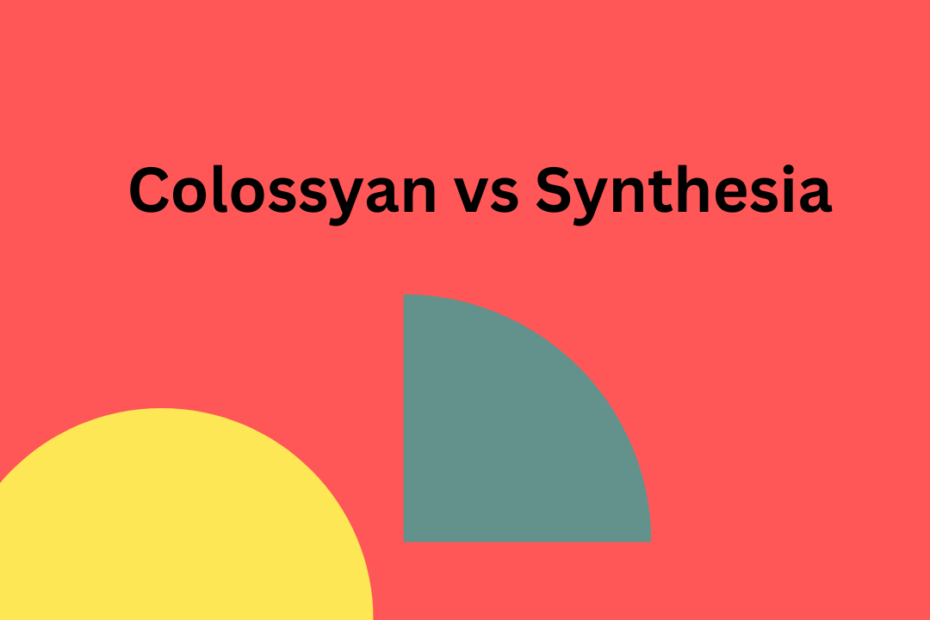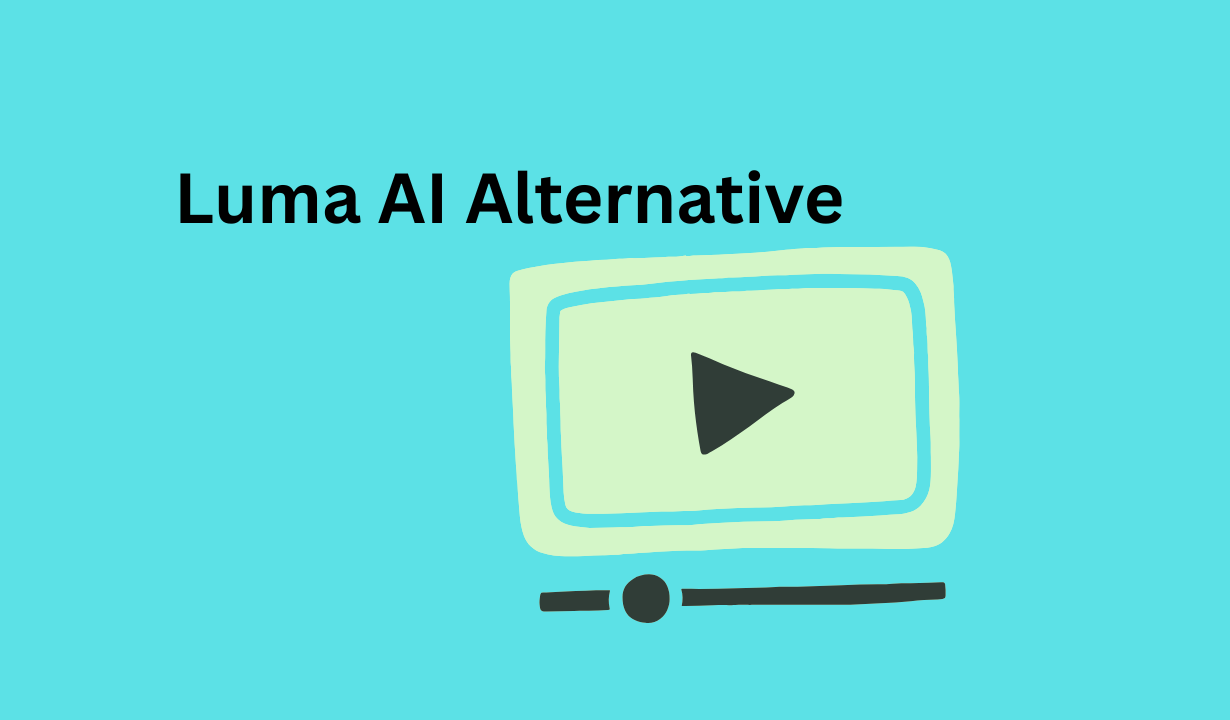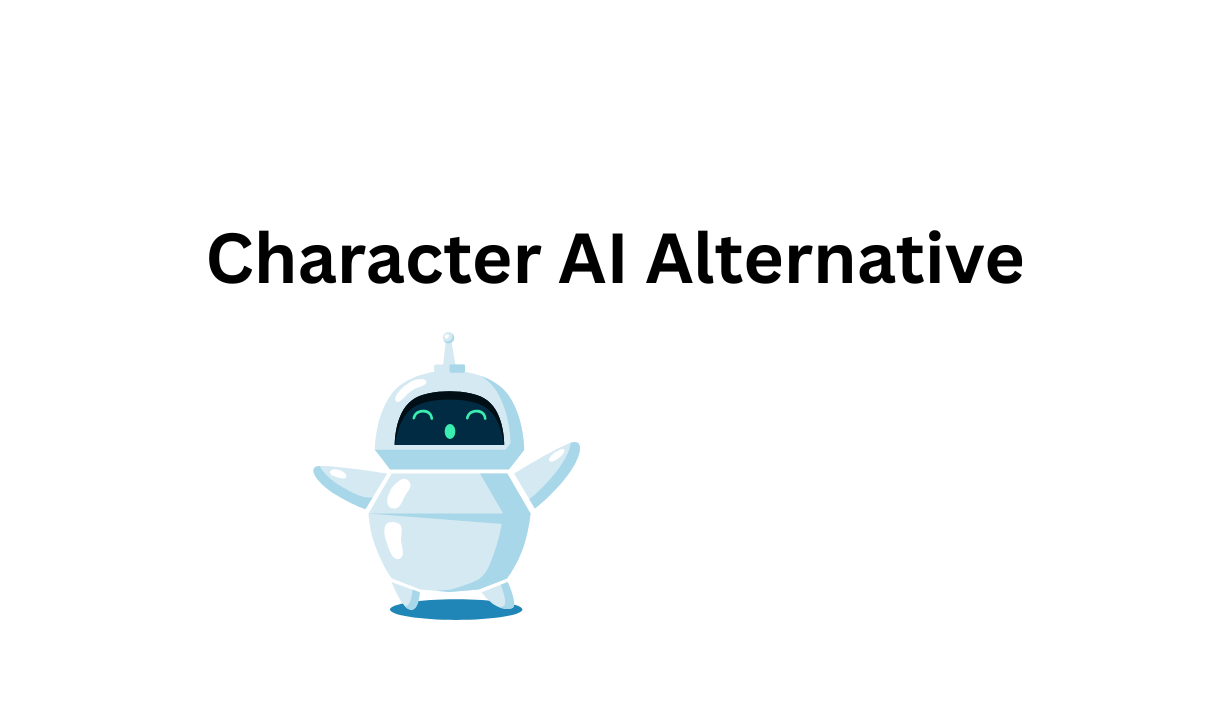Ultimately, the decision to use Colossyan vs Synthesia to produce videos through AI technology will depend upon the specific demands you have. Colossyan has expressive avatars and is interactive, so it’s an effective place to put content that requires emotional punch or where you desire viewer engagement.
Synthesia, on the other hand, gets comprehensive language capabilities and it’s more seamless and professional avatars. It’s perfect for corporate use and for use in multilingual settings in which a polished, formal look matters.
I’ve gone into the weeds of comparing the avatars, voice quality, and editing tools of each. Synthesia offers a clean easy to use interface and large selection of avatars. Colossyan utilizes a much more natural movement and emotional delivery and, as a result, this shifts the tool that each will get the most from.
The differences are stark, whether or not you are demand a highly scripted or a more conversational ‘human’ video. Let’s dig a little deeper as to what differentiates the two in 2025.
Colossyan vs Synthesia: Core Platform Overview
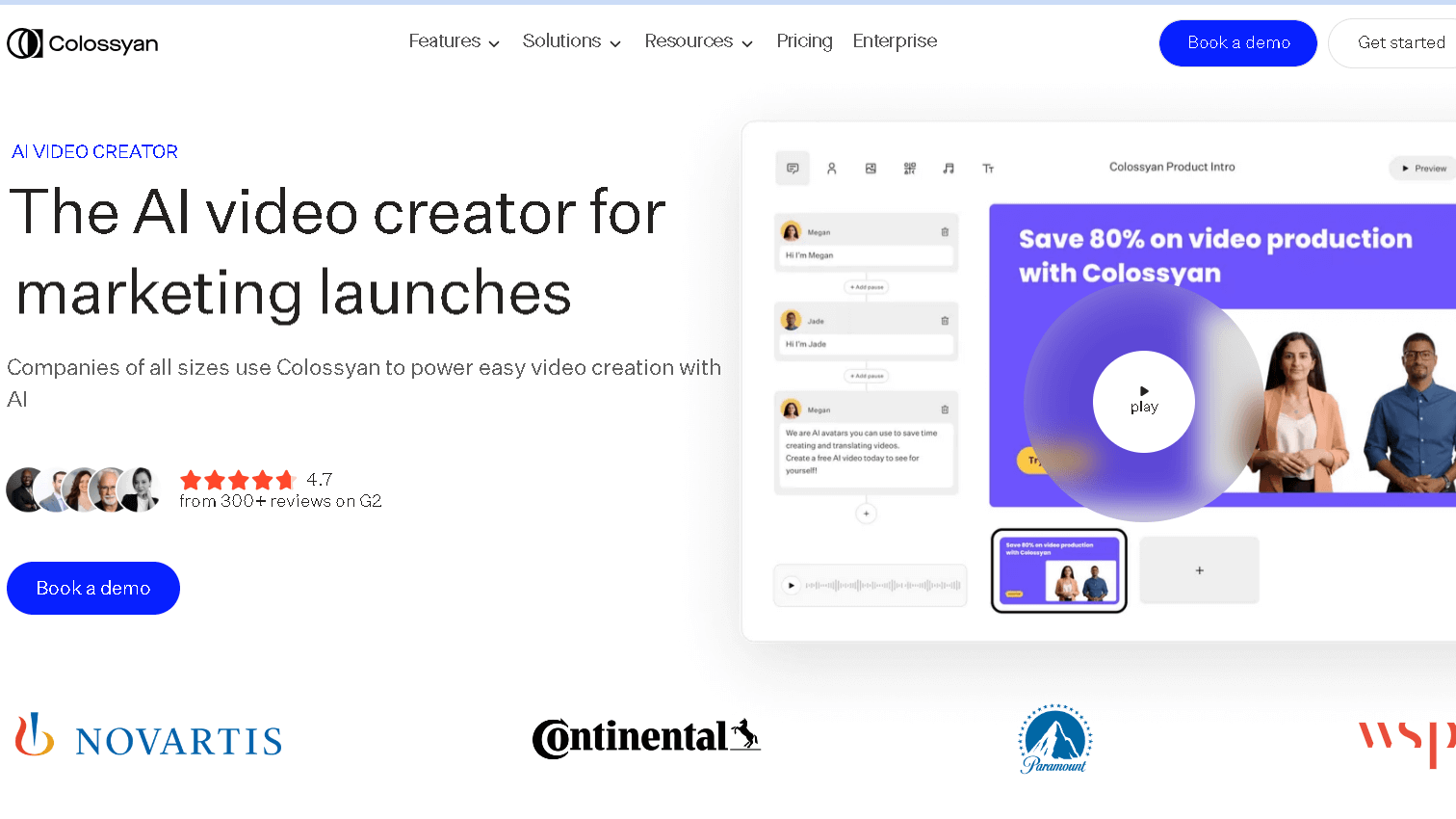
They are both focused on AI video creation. They do diverge, but, in terms of features, user populations, and ease of use.
All three of these provide you with the tools to create AI avatar and voiceover videos for your website or YouTube channel, but cater to slightly different audiences and video styles. Their actual strengths come in their interactivity, language support, and the editor.
AI Video Platform Fundamentals
In contrast, Synthesia has a large number to choose form – it boasts over 140 avatars and will support over 120 languages. This makes it a powerhouse for canned, professional videos. There is the ability to choose customized avatars, but the feel is often stiff and individuals are most commonly represented in neutral expressions.
Colossyan has roughly 50+ more expressive and lifelike looking avatars. They provide hand signs and emotions, which is a good idea if you are looking for a human touch in your videos. Colossyan supports approximately 70 languages and contains more emotional tone and interaction.
Synesthesia’s editor functions like a slide tool – think PowerPoint. The editor for Colossyan, but, does allow for branching logic and interactivity, so you could insert training or quizzes into the text.
Use Cases and Target Audiences
It can be used for business corporate training, multilingual tutorials, and formal presentations. High quality avatars and universal language compatibility make it ideal for global teams and structured content.
Colossyan is targeted towards people looking for this kind of interactive video with emotional delivery; the videos would be, for instance, regarding customer service role-plays, or storytelling, onboarding with quizzes. It is a good choice for smaller teams or creatives who desire more dynamic and engaging video features.
Synthesia leans business and scaling, Colossyan goes for interactive learning and softer communication styles.
Ease of Use and Onboarding
The interface of Synthesia is quite intuitive, it is somewhat like PowerPoint. It’s easy to learn, particularly if you have some experience with simple video editing. You can get going without a headache via their templates and drag-and-drop features.
It is intuitive but it does require some getting used to if you want to take full advantage of the interactive nature of the UI of Colossyan. Using branching logic, and creating branching, emotionally charged scenes is not instantaneous, but you do have more control over the flow of your video.
Both even have a free trial you can use before you make a decision. While Synthesia is more accessible for simple videos, Colossyan will reward you if you are willing to experiment.
Video Creation Features and Tools
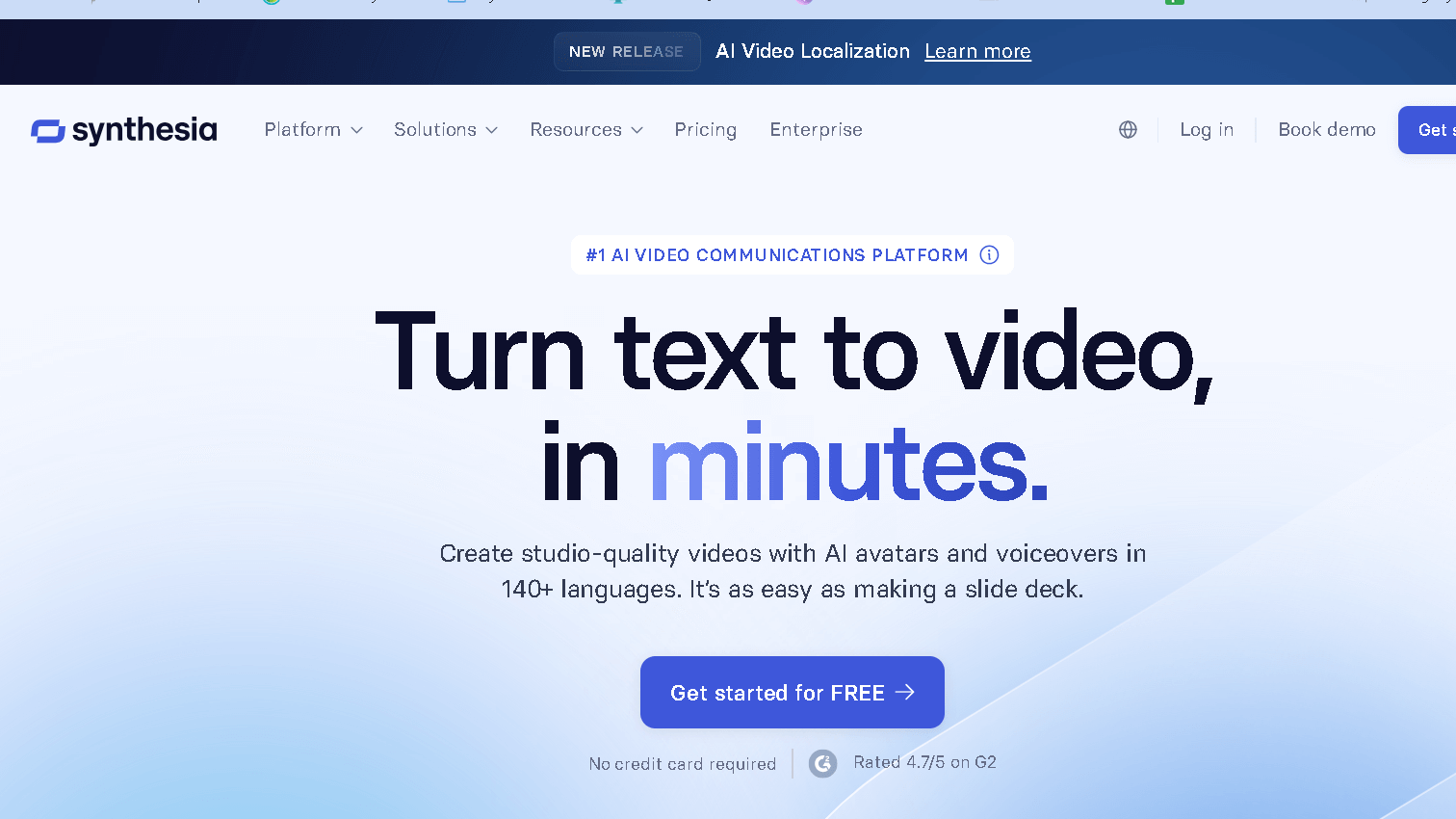
Both Colossyan and Synthesia have powerful technology to allow AI-generated videos . They do it in different ways, especially in how you begin, edit and customize your content.
Prompt to Video Capabilities
Synthesia lets you type or upload a script to make videos. The AI would later create a video with avatars that say your text. It’s straightforward and does what it needs to for creating a linguistically formalized presentation and can handle over 120 languages.
You can even add your own custom voices, or clone yourself, a nice touch for making things personal.
Colossyan’s prompt-to-video system is more conversational or interactive. You script it, and avatars animate your words with gestures and facial telemovements. It allows you to fine tune, tone and pauses for “emotive scenes” to make it more human. This is nice for training or marketing videos that have to feel alive.
Video Presentation and Editing
The drag-and-drop editor of Synthesia is not so different from working in PowerPoint, or Canv a . You construct scenes on a timeline by arranging either text, animations, or screen recordings. It is very friendly for beginners but you can’t add things like interactivity or branches. Thus, it is probably better suited for straightforward, linear presentations in which a professional look is the aim.
Colossyan’s editor is slightly more advanced – you can script scene-based videos, with logic branches. This could mean quizzes, decision trees, or viewer-driven content, for instance. Modifying gestures and emotional tone directly in the timeline provides additional context and also proves useful for training or customer service videos.
Pre-Built Templates and Media Libraries
Synthesia provides various templates for corporate presentations, e-learning and marketing. It also has a media library that provides you with stock images and video clips you can just drop in to your project. Plug-ins with Shutterstock and Icons8 also help broaden your visual selections, ensuring a bit of freshness to your videos without doing any additional work.
Examples of Colossyan’s templates are on onboarding, product demos, and compliance training. A lower number of avatars, but the templates are interactive-based – such as quizzes or branching scenarios. Their media library is not as large, but similarly, can upload custom assets.
Colossyan vs Synthesia-Pros and Cons
| PROS | CONS |
| Voices are the most natural sounding | Connection issues |
| Avatars are easy to work with | The langauge feature is not affordable for one man enterprise |
| Easy to set up | Limited selection of backgrounds |
| PROS | CONS |
| Ease of Use | Avatar Limitations |
| Realistic Avatars | Expensive |
| 4K video quality | It doesn’t offer a wide rang of emotions |
| A lot of stock images and background music | Some of the AI voices are really robotic sounding |
AI Avatars and Voice Technology
They currently both do avatars and voice tech, but their emphasis is slightly different. Synthesia uses it for a large variety of professional avatars and advanced voice cloning. Collossyan focuses on realistic emotions and expressive side view avatars.
Voice quality also differs, in the tone of the application, and in the language the application supports.
Avatar Selection and Custom Avatars
Synthesia provides over 140 different avatars for a variety of ethnicities and professional looks. You can also personalize your own avatar, but it costs extra. These avatars appear slick and corporate, good for business presenting and training.
Colossyan remains at about 50 avatars, but they’re more expressive, they smile, blink, and are actually human. They are great for informal or persuasive videos. If you prefer something more staid and with variety – then Synthesia is the way to go.
Voice Cloning and Voiceovers
Synthesia includes voice cloning in many accents and over 120 languages. The voiceovers are clear and regular, although during longer speeches they can become robotic. Synthesia is a solid option if you require multilingual content for a large audience.
Colossyan has a smaller set of supported languages, about 70, but is more about emotional delivery. You can choose the mood- happy, serious, whatever works- which helps make the videos more interesting. It also controls intonation, which makes synthesized speech sound more human. If emotional tone matters to you above all else, I’d lean Colossyan.
Multiple Avatars and Conversational Side Views
You can set up conversations or role-play since Colossyan allows the use of more than one avatar at a time in a video. There are also profiles and nods and pointing. It is excellent for interactive learning, or customer service simulations, where you want the viewers to interact.
Synthesia generally presents using single avatars and slide-style presentations. You get no side views of the situation, no back and forth between characters. If you require narrative with dialog, than Colossyan would be a more appropriate choice.
Avatar Customization and Branding
Synthesia offers a limited form of customization, with custom avatar types for business accounts. You can add branding – logos, backgrounds which is good for slick corporate messages.
Screenfire is fully skinnable, including a brand kit, if you get a higher tier plan, plus you can upload your own logos, colors and fonts. Its avatars are also more customizable in gestures and emotional delivery you are better able to match your brand’s voice and style.
Both assist in labeling, but Colossyan goes far beyond in customizing avatar behavior.
Interactivity, Training, and Learning Capabilities
While both Colossyan and Synthesia provide valuable resources for training and learning, their philosophy on interaction and interactivity within eLearning is slightly different. These distinctions translate into very different levels of suitability within a corporate training program or education workflow.
Quizzes and Branching Scenarios
The most unique of these is Colossyan, which includes multiple choice quizzes and branched scenarios as part of the program. Inside of the video, learners can take their path or test their knowledge. It is less optional for the task at the learning level algorithm : onboarding or customer education with higher expectations of involvement onbased content, you want people to engage rather than to see.
Synthesia also lacks actual video interactivity. You are able to insert CTAs after the video but there is little engagement during playback . The quizzes and branching logic in Colossyan is a huge plus since my training depends on interactivity.
Corporate Training and Educational Content
There, Colossyan simply feels like the stroger piece for corporate training. It has conversational avatars and support for affective computing, which means role-plays and simulation become more life-like. Multi-avatar scenes will enhance training simulations.
Synthesia is wonderful to create polished videos really fast and offers over 140 languages. It has a good amount of marketing and customer support content, but little on interactive learning for its employees.
Both are useful for educational content, but Colossyan is more active-learning, internal comms, while Synthesia is more enterprise, multilingual training.
SCORM Export and eLearning Integration
SCORM compliance is important if you are using a learning management system (LMS). But, Colossyan, whose SCORM compliant backend is a bit more polished and eLearning-centric, is more suitable than Synthesia for what I intended.
On top of that it offers support for SCORM export and can be linked to other platforms such as ETU and EasqyGenreator. This makes it simple to link video content to learning management systems and knowledge bases for monitoring learner progression.
Although it is functional, the SCORM integration of Synthesia is not as adapted to eLearning-specific processes as it could be. If you want to integrate the training content and have a very detailed progress tracking, possibly Colossyan would be the better option .
Collaboration and Teamwork Features
There are collaboration tool functionality for teams working on projects, but engraved in a different way. The goal of all is to help teamwork – through shared spaces, or through communicative clarity or project management technologies .
Team Workspaces and Collaboration Tools
Based on my limited experience what I will say is that Synthesia has better collaboration features than the Colossyan. It provides you with separate working spaces so that several users can collaborate on the same project simultaneously as well as comment and trace changes. This is super useful when lots of people need to provide feedback or edit a video at the same time.
Colossyan has a multi-seat plane and shared workspaces and so promotes teamwork, but its collaborative technology is less sophisticated. They can collaborate on a project but you don’t have as much granular control or communication as with Synthesia. For a small team or simple collaboration, Colossyan does the trick.
Workspaces Management and Sharing
Synthesia’s workspace management is what keeps their projects both organized and secure. You can control who has access, assign roles, and manage more than one project from one dashboard. There is version control, so change back to previous drafts is simple.
Colossyan is much more about the user’s interface to his workspace. It allows for easy video sharing and user management, although not as many permission settings or versions history. It is easy to share videos, but, large teams collaborating on many projects may eventually run into limits.
Automatic Translation and Localization
Colossyan or Synthesia will assist you in creating videos in any of the languages available. They only vary in the number of languages they cover and in how easy translation can be.
1-Click Translation and Multilingual Support
Colossyan also has a simple 1-click translation option that encourages localizing videos quickly. It provides for 70 languages, not as many as Synthesia yet enough for most markets. Captions and voiceovers are easily translated.
The ability of Synthesia to support over 140 languages more than doubles Colossyan’s capabilities. If what you need is broad language coverage, then Synthesia’s your best bet. Neither platform allows you to upload voices, but Sythesia has an AI dubbing feature that should help with less awkward translations. If you are using only a few languages, Colossyan’s 1-click translation is convenient, while Synthesia offers the largest range of options.
Automatic Translation Workflow
The translation in Colossyan is very basic. I simply upload my script or text, and I click one button and it translates and syncs the video for me.
The service itself is responsible for voice cloning and adjusts pronunciation within the languages it supports, which works out a headache for me.
The workflow in Synthesia is a bit more sophisticated. It’s like a mix between automated voiceovers and AI dubbing and I can even upload my own voice if I’ like.
The key difference is the wider language support, and integrations with other tools. This is convenient for larger, more complex projects, or for when corporate needs become tricky.
Colossyan vs Synthesia-Pricing and Commercial Terms
Both Synthesia and Colossyan have multiple pricing plans available, but the features and limits of these are a bit different from each other. This was useful for me in that I was able to research their plans, free trials and commercial terms before deciding on one.
Pricing Plan Structure
The lowest plan is Synthesia’s “Starter” at $18/month offering 120 video minutes annually. The pro plan is $64/month with 360 minutes per year.
If you need more, then can put together a custom Enterprise plan and add additional features for businesses.
Colossyan starts with a Starter plan at $19/month, but you get only 15 minutes of video per month. Their Pro plan costs $70 a month and eliminates the cap on video minutes.
Enterprise pricing is custom here too, with advanced features for large teams. The kicker is – at least at the point of purchase for this article – Colossyan’s Pro plan, on the other hand, doesn’t have a minute limit and Synthesia still has limitations without being a part of Enterprise .
Free Trial and Refund Policy
Both Synthesia and Colossyan offer a free trial in which you can experiment with the tools but they limit the video output to three minutes. It’s enough to take a feel of the platform before you need to pay.
Synthesia usually doesn’t do refunds after you purchase a plan. The refund requirements for Colossyan are subject to change.
Commercial Licensing and Enterprise Solutions
Commercial licenses are available with enterprise packages on both fronts. You’ll also receive specialized support, a success manager and business-centric API integrations.
Synthesia’s Enterprise plans are all about compliance – “SOC 2 Type II, GDPR, and additional collaboration tools”. Colossyan meets the compliance standards, but they like to mention its multi-avatar and interactive video options.
For large companies, both adjust pricing and service. Synthesia is more compliant, and Colossyan more exploratory in terms of interactivity.
Support, Integration, and Industry Applications
Both have pretty good customer support and a lot of resources. They’re employed in a variety of industries – education, marketing – developing AI video tech.
Colossyan vs Synthesia-Customer Support and Knowledge Base Resources
Colossyan and Synthesia both seem to have very responsive support teams. They can be reached via email or chat and they take on the easy and the difficult.
Colossyan’s business support is excellent if you are developing a large project and need quick answers. On the plus side though, Synthesia does have a large repertoire of tutorials, FAQs, and knowledge base information on just about any basic to advanced topic.
Their resources are continually being updated, which means you won’t have to wait for support on a problem that you encounter. Synthesia’s manuals helped me personally to learn quicker, but I appreciated Colossyan’s hands on help for certain questions.
Industry Use Cases and AI Video Market Overview
Colossyan and Synthesia occupy different niches in the AI video space. Colossyan would be awesome for marketing departments or a teacher looking to make a multilingual video with minimal hassle.
One of Synthesia’s use-cases is in corporate and educational e-learning video content. The delivery of the messages by its AI avatars make the messages feel quite natural, which has made it popular for business and online courses.
And both reduce the time and expense of production. They are best utilized by medium to large businesses, but smaller users can take advantage of free trials. It’s a growing market the AI video and I see both tools adding features to keep up with expectations of immustries.
Video Output Quality and Export Options
The output/video quality and export options you receive will be important, particularly if the finished quality is necessary for professional marketing or training videos.
Video Resolution and 4K Video
It also supports Ultra HD 4K, sure to satisfy if you need crisp, detailed imagery. This is particularly handy for large displays or projects that require every pixel you can get.
Synthesia tends to be in Full HD(1080p). It is adequate for most online applications and for training videos but if you get the 4K version you will see the difference .
It does have the advantage in producing ultra-clear visuals but. Both platforms have clean, professional looks for standard uses.
SCORM and Export Formats
If you are making training or e-learning videos for a Learning Management System (LMS), the SCORM export option can be a life saver. Since Colossyan is SCORM compatible, it integrates seamlessly with LMS’s and tracking is easy to maintain when adding videos.
At the present time, it seems Synthesia doesn’t provide SCORM export, this could be dealbreaker for a some training setups.
You can download MP4s from both. It also allows SRT and PDF exports of the subtitles and scripts, something that is also useful for accessibility and documentation of the translation.
If you require LMS compatibility and more exporting options then Colossyan does. But if you didn’t have SCORM as a priority, Synthesia’s exports should work just find.
Flux AI Video Generator: Comprehensive Guide, Features, and Use Cases
Frequently Asked Questions
Let’s dig into the differences in AI video features, pricing, user feedback, integrations, alternatives, and animation quality. I’ll try to keep it practical and skip the fluff.
What are the main differences between Colossyan’s and Synthesia’s AI video generation features?
Colossyan introduces a “bunch of avatars, and ca support many languages, … especially for marketing and corporate trainging.” Writing scripts is no longer such a chore with the AI script assistant.
Synthesia is all about realistic AI avatars and has strong use cases for education and internal communications. It integrates nicely with other products and this really speeds up video production.
Which platform offers better value for cost: Colossyan or Synthesia?
Colossyan offers 4K video and many templates, but features can be expensive and although it is free, there are paid options available .
Synthesia begins at around $29/mo, and goes up depending on more features. It affords you good AI avatars and video quality at prices that are viable for many businesses and educators.
How do user reviews compare for Colossyan and Synthesia?
Colossyan’s user-interface and language support are favored by many but some claim that the avatars and voices do not seem natural.
Synthesia’s voices and avatars also received high marks as very realistic. Negatives include “not many backgrounds”, and “the once in a blue moon hiccup” with connections.
Can I integrate third-party AI like ChatGPT with Synthesia?
It can be integrated with other AI software so script writing and customizing your videos is much easier. For content creators, this is a massive plus.
For the time being Colossyan’s integrations are more modest, mostly relying on built-in functionality .
What alternative text-to-video AI services are similar to Colossyan?
A more acceptable alternative is HeyGen where a similar avatars and text-to-speech capabilities are available for customization.
If you’re looking for easy, fast video creation, Wistia’s Soapbox and Lumen5 are two other options, although they each have fewer advanced avatar features.
How does the quality of animations in Synthesia compare to those produced by Colossyan?
Synthesia’s animations and avatars tend to look a bit more polished and organic. Quite often the facial expressions and lip-syncing in the game actually seems realistic.
Colossyan has high quality productions, but sometimes the animations seem robotic. More importantly, but, voice synchronization and avatar movements just feel less “real”.

